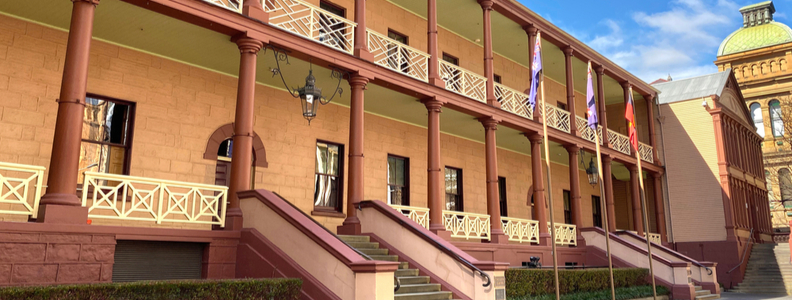
Stamp duty has been dubbed as the most inefficient tax, with many economists believing it’s largely responsible for Australia’s immobile labour market and decreasing productivity.
The changes to stamp duty that have been flagged in NSW Budget 2020 could signal the greatest change to the NSW property market since day dot. Odds on it will affect all of Australia’s property market. Is Dominic Perrottet the bravest Treasurer in the land by sacrificing short term budgetary cash inflows for long term sensibility? Time will tell that tale. Our NSW Stamp Duty Tax changes FAQ will spell out how it will affect you, now and in the future.
So, how does Stamp Duty work?
Basically, when someone goes to buy a property you have the option of either paying stamp duty (as well as potentially the annual land tax) or opting to pay only the property tax.
What is Stamp Duty?
Stamp duty is a transaction-based tax paid on the transfer of land. The average stamp duty rate in NSW is 4%, and this stamp duty rate is applied to the market value of the transaction (i.e. the amount you actually paid).
What is Land Tax?
Land tax is an annual tax paid on the ‘unimproved’ value of the land. It’s a very narrow tax as it is only applied to commercial land and investor-owned residential landowners.
What is the Property Tax?
The Property Tax will be an annual tax that replaces both stamp duty and land tax, which is based on the unimproved value of the land. The property tax rate varies depending if it’s an owner-occupied residential property, investment residential property, farmland, or commercial property.
What is the difference between unimproved Land Value and Market Value?
The market value is the amount that you pay. For example, when you pay $1m for a house, the market value is $1m. The stamp duty rate is applied to that $1m.
The unimproved land value is completely different. Unimproved land value is determined by the Valuer-General on an annual basis. The unimproved value reflects the value of only the land, i.e. the block of land and not the house on top of it. To put things in perspective, for metropolitan NSW the average residential land value is $630k.
What does this all mean from a real-world perspective? Let’s look at an example.
A house sold in Kellyville for $1,370,000. The owners intend to live in the house so it won’t be considered an investment property.
If the new owners elect to go with the old mechanism (and pay the stamp duty) they will have to fork out approximately $60k on stamp duty.
However, if they decide to forgo stamp duty, and choose the new property tax, then they will not have to pay the $60k stamp duty. An annual property land tax on an unimproved land value is $603k.
This would result in an annual property tax of $2,309.
Classifications of the property tax rate are in the table below.
| Property Type | Currently Liable for Stamp Duty? | Currently Liable for Land Tax | Potential Property Tax Rate |
| Owner-occupied residential | Yes | No | $500 + 0.3% of unimproved land value |
| Investment residential | Yes | Yes | $1,500 + 1% of unimproved land value |
| Farmland | Yes | No | $0 + 0.3% of unimproved land value |
| Commercial | Yes | Yes | $0 + 2.6% of unimproved land value |
Is there anything else that I should know?
-
-
- If you choose to pay stamp duty the government will offer a cash grant of $25k when buying your first home (valued up to $1m).
- If someone buys property using the new property tax rate system, then all subsequent sales will be subject to this new property tax as well. This will effectively phase out stamp duty in its entirety over the long term.
- The property tax is tax deductible for investment properties. Which is why the potential property tax rate is much higher for investment properties than owner-occupied.
- Not all properties will have the option to enter property tax straight away. The much more expensive properties will still be subject to stamp duty so the NSW Treasury can keep its income coming in.
- The state government says that in the long term this will result in revenue neutrality as the property tax will eventually replace the stamp duty collections on a year-on-year basis.
-
This is the boldest tax reform to come out of the NSW Budget 2020. It could be a determining factor in how well the NSW economy bounces back from 2021.
If you have any questions or comments around the changes to Stamp Duty, reach out to BridgePoint Group. Keep an eye on our LinkedIn page for further updates.


